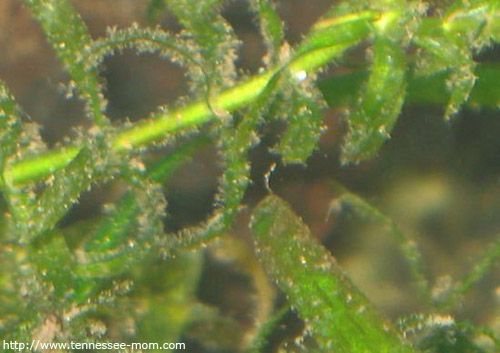christylee
Mostly New Member
The time has come and I am switching from having cichlids for years now to a planted community. I had one left and instead of letting him live out a long boring life on his own..I re-homed him as of yesterday. He's now in a ridiculously large tank though so I'm sure he's loving life! 50 gallons to 200... I'd be happy.
Anyway, my question is my substrate is primarily sand but I had mixed in quite a deal of crushed coral.. should I sift it out?
Also I went down to my LFS and picked up a large piece of driftwood. Soaked it..added it to the tank and now I have like a clearish/white hairy algae looking substance on everything..glass and wood..what is this?
Thanks in advance!
Anyway, my question is my substrate is primarily sand but I had mixed in quite a deal of crushed coral.. should I sift it out?
Also I went down to my LFS and picked up a large piece of driftwood. Soaked it..added it to the tank and now I have like a clearish/white hairy algae looking substance on everything..glass and wood..what is this?
Thanks in advance!


